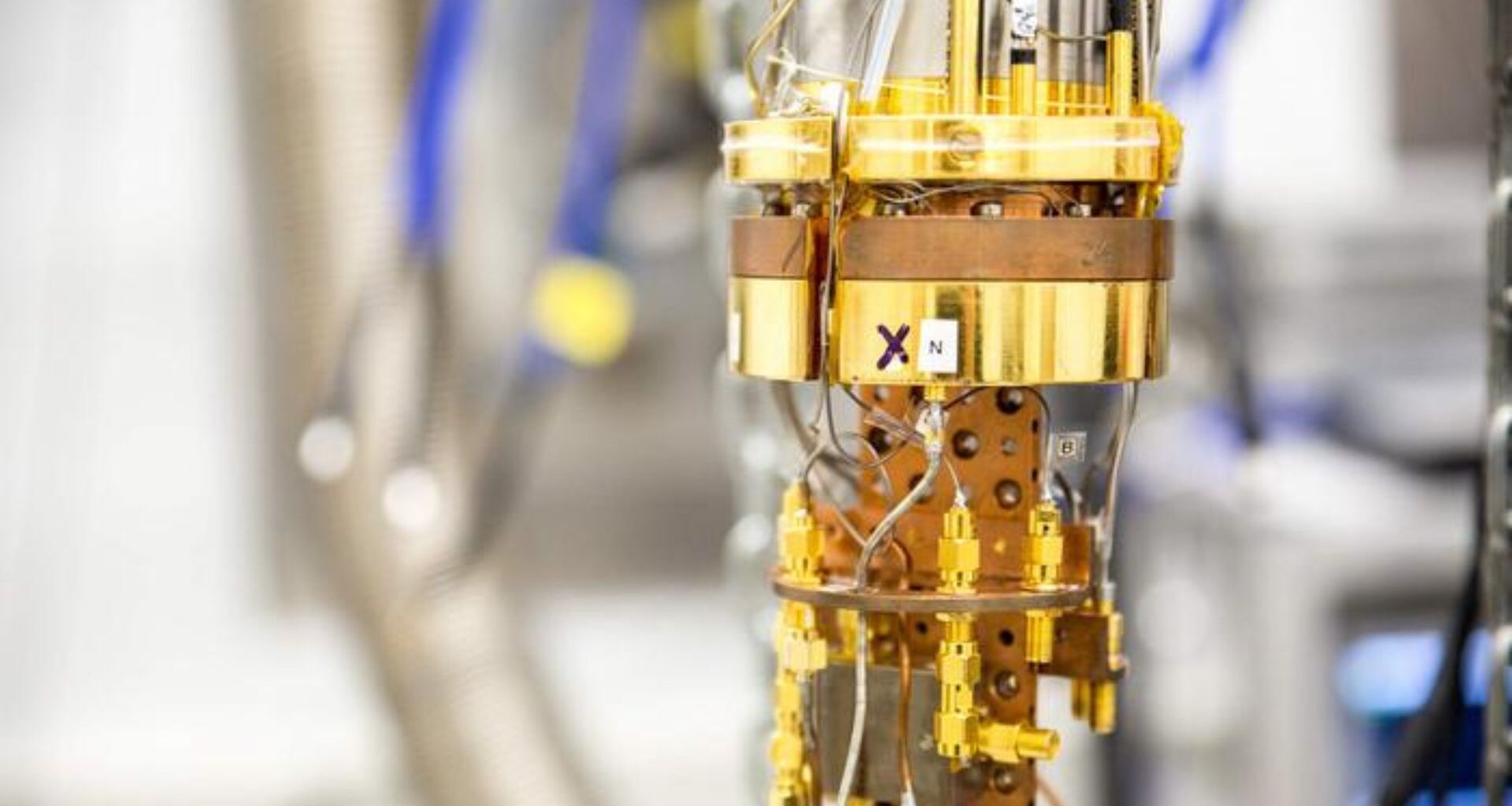European scientists have, for the first time, connected a time crystal to another system external to itself, which could one day help power quantum computers of the future.
The scientists at Aalto University in Espoo, Finland, have published a study on the topic. Academy Research Fellow Jere Mäkinen first authored it.
The study describes the process of the team turning the time crystal into an optomechanical system that can be used to develop extremely accurate sensors or memory systems for quantum computers.
The team used the facilities of the Low Temperature Laboratory, which is part of OtaNano, the Finnish national research infrastructure for nano-, micro-, and quantum technologies, and the computational facilities of the Aalto Science-IT project.
What is a time crystal?
Time crystals were first proposed by Frank Wilczek, the 2012 Nobel Laureate in Physics. He proposed quantum systems like a group of particles that could construct themselves in time instead of space.
Wilczek had called them time crystals, defining them by their lowest possible energy state, which perpetually repeats movements without external energy input.
It is a new kind of matter that bears resemblance to a machine that has perpetual motion. In theory, a time crystal’s parts can move in a repetitive cycle continuously without consuming any type of energy.
In 2021, a team of scientists from Stanford University, Google Quantum AI, the Max Planck Institute for Physics of Complex Systems, and Oxford University detailed creating a time crystal using Google’s Sycamore quantum computing hardware.
Further, another time, researchers at Delft University of Technology in the Netherlands created a crystal within a diamond.
The scientists were able to confirm the claim of a true time crystal thanks to the special capabilities of the quantum computer.
The European scientists at Aalto University have now, for the first time, connected a time crystal to another system external to itself.
“Perpetual motion is possible in the quantum realm so long as it is not disturbed by external energy input, such as by observing it. That is why a time crystal had never before been connected to any external system,” Mäkinen said.
He added that not only did they do that, but also “showed, also for the first time, that you can adjust the crystal’s properties using this method.”
Quantum computing possibilities
The team used radio waves to pump magnons into a Helium-3 superfluid cooled to near-absolute zero. Magnons are quasiparticles, i.e., groups of particles behaving as if they were individual particles instead.
When they turned off the pump, the magnons formed a time crystal that stayed in motion for unprecedentedly long, lasting up to 108 cycles or several minutes before fading to a level the researchers could no longer observe.
During the fading process, the crystal connected itself to a nearby mechanical oscillator in a way determined by the oscillator’s frequency and amplitude, the team said in a press release.
“We showed that changes in the time crystal’s frequency are completely analogous to optomechanical phenomena widely known in physics,” Mäkinen said.
He further stated that these are the same phenomena that are used in detecting gravitational waves at the Laser Interferometer Gravitational-Wave Observatory in the U.S.
“By reducing the energy loss and increasing the frequency of that mechanical oscillator, our setup could be optimized to reach down near the border of the quantum realm,” Mäkinen added.
Time crystals can drastically increase quantum computing and sensing power.
Mäkinen explained that the time crystals last for orders of magnitude longer than the quantum systems currently used in quantum computing. One use of them could be to power the memory systems of quantum computers to improve them significantly.
“They could also be used as frequency combs, which are employed in extremely high-sensitivity measurement devices as frequency references,” says Mäkinen.
The pre-print copy of the study can be accessed here, and the full study has been published in Nature Communications.

